2025
Comparably’s Best Company Outlook
* Providing engineering services in these locations through SWCA Environmental Consulting & Engineering, Inc., an affiliate of SWCA.

From the experts we hire, to the clients we partner with, our greatest opportunity for success lies in our ability to bring the best team together for every project.
That’s why:
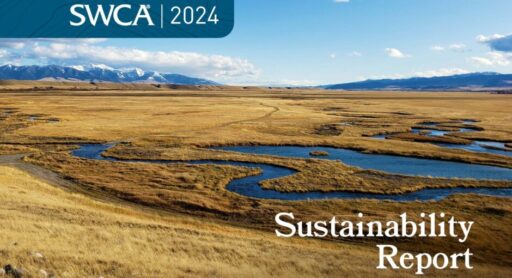
At SWCA, sustainability means balancing humanity’s social, economic, and environmental needs to provide a healthy planet for future generations.
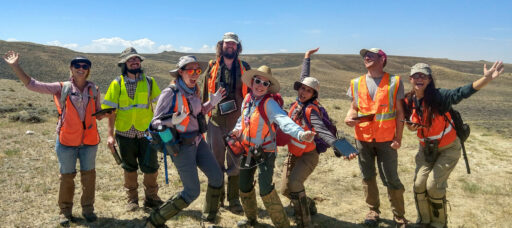
SWCA employs smart, talented, problem-solvers dedicated to our purpose of preserving natural and cultural resources for tomorrow while enabling projects that benefit people today.

At SWCA, you’re not just an employee. You’re an owner. Everyone you work with has a stake in your success, so your hard work pays off – for the clients, for the company, and for your retirement goals.
North Carolina Highway 24 Living Shoreline
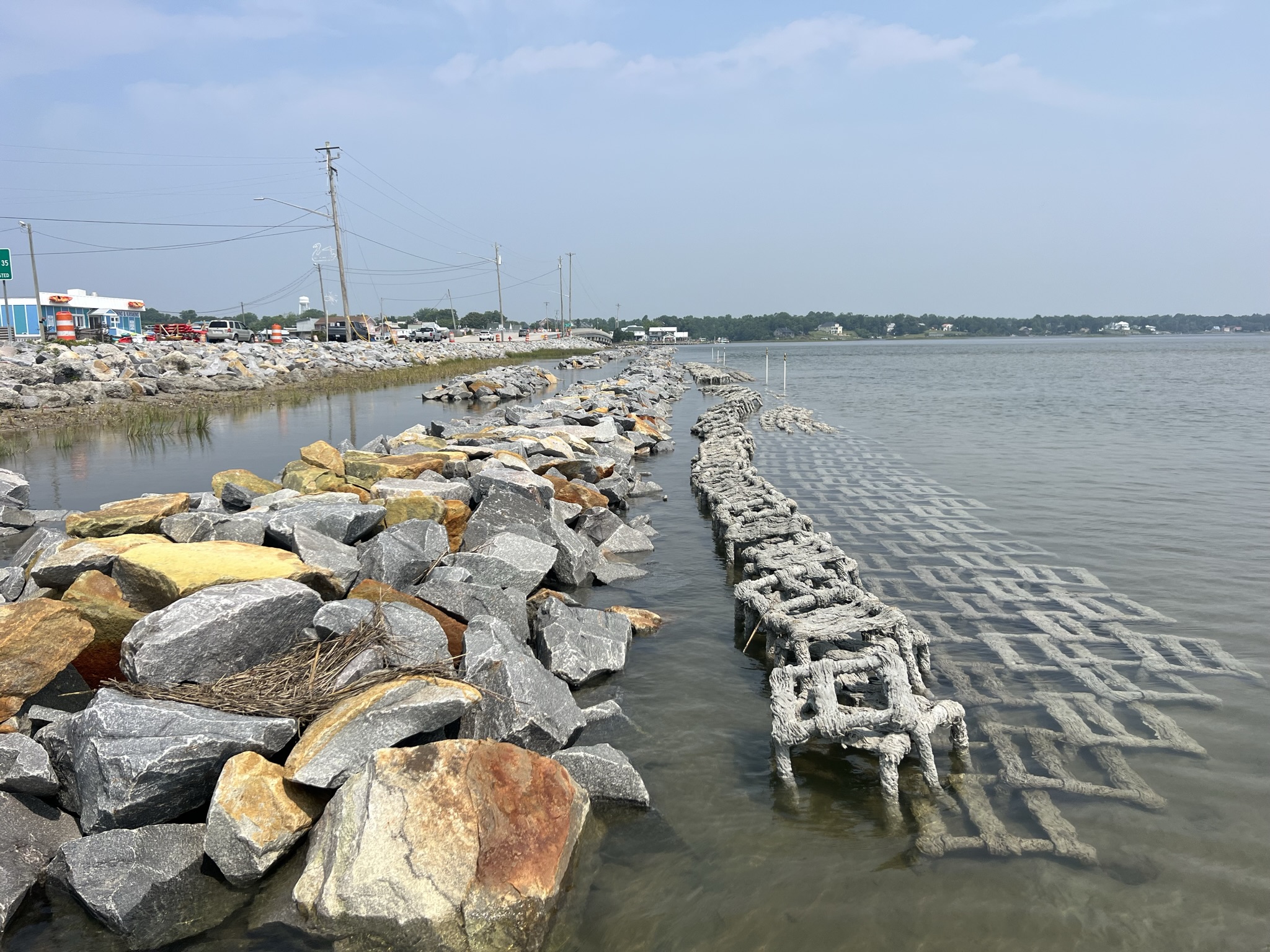
SWCA is the lead designer for three separate marsh restoration, stormwater treatment, and living shoreline projects along the North Carolina Highway 24 (NC-24) causeway.

For questions or further information, please fill out the form below.
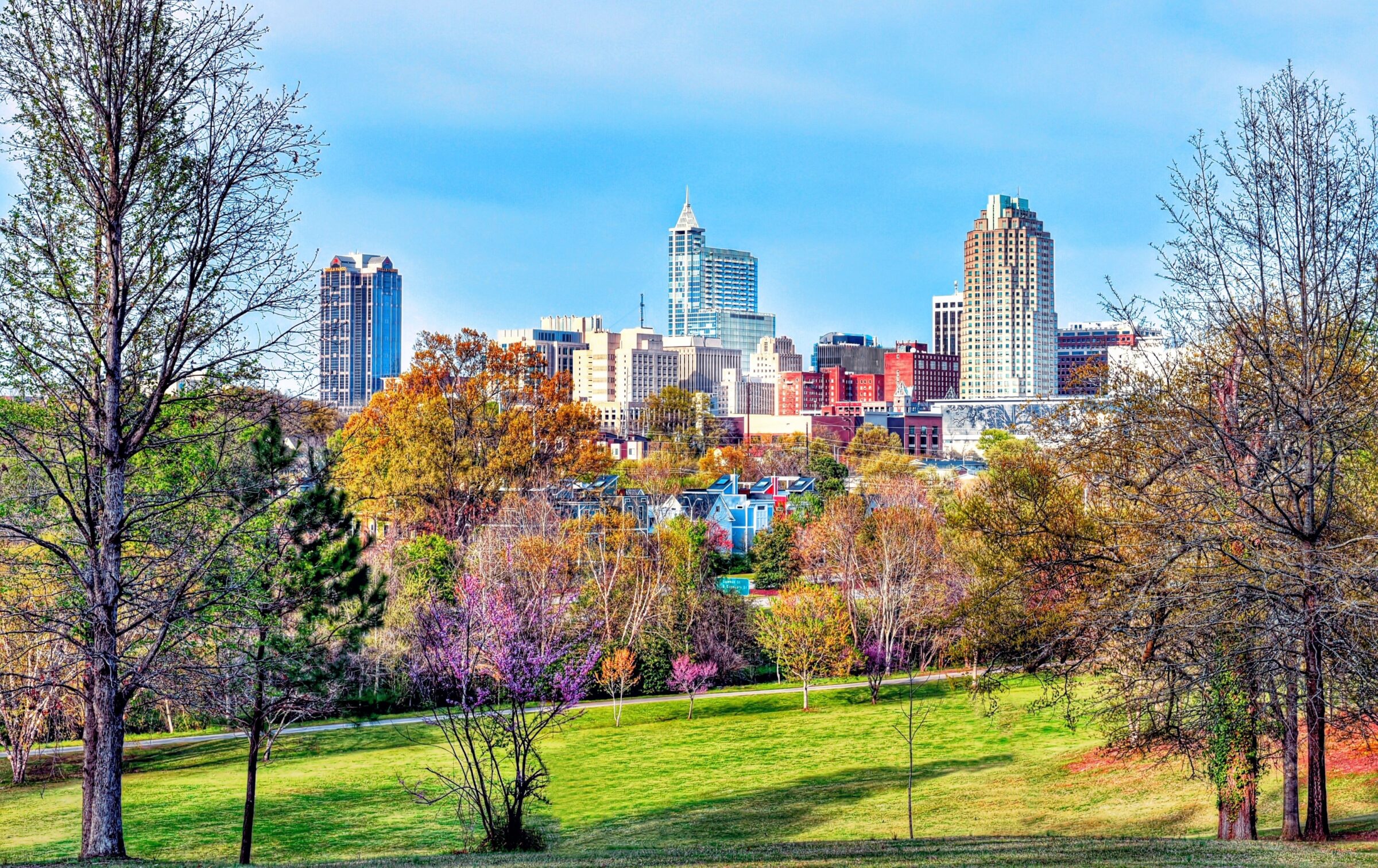
SWCA is the lead designer for three separate marsh restoration, stormwater treatment, and living shoreline projects along the North Carolina Highway 24 (NC-24) causeway. These three areas experience frequent flooding and overtopping, and the 2018 hurricanes caused extensive erosion along the existing sidewalk and riprapped causeway. A diverse partnership between the North Carolina Department of Transportation, the North Carolina Coastal Federation, and Carteret Community College was formed for the submittal of a National Fish and Wildlife Foundation grant requesting $1.6 million as a 50% match for design and construction of the living shoreline project. The current design includes converting and enhancing approximately 2,000 feet of a hardened shoreline to a living shoreline with the restoration and creation of 2 acres of tidal marsh along the causeway. The existing sidewalk will be stabilized and will allow for pedestrians to view the marsh, oyster reef, and living shoreline system as they walk along the top of the bank.
Following a devastating hurricane season in 2018, the North Carolina Department of Transportation (NCDOT) partnered with SWCA to stabilize and restore a particularly vulnerable portion of highway using a living shoreline.
Modeling by NCDOT’s Hydraulics Unit showed that in the likely event of a future hurricane, an 830-foot section of shoreline along NC 24 in Swansboro, North Carolina, could become unstable and lead to the roadway becoming unsafe for residential evacuation. The roadway’s designation as critical infrastructure and a primary evacuation route led NCDOT to emphasize the need for increased resiliency measures.
As lead designer on this project, SWCA detailed plans for the creation of a living shoreline and coastal restoration efforts. Thanks to grant funding from the National Fish and Wildlife Foundation (NFWF), along with funding by NCDOT, these designs have now come to life.
As NCDOT’s first living shoreline, this project serves as the pilot for a more extensive resiliency program to address North Carolina’s coastal erosion with nature-based solutions.
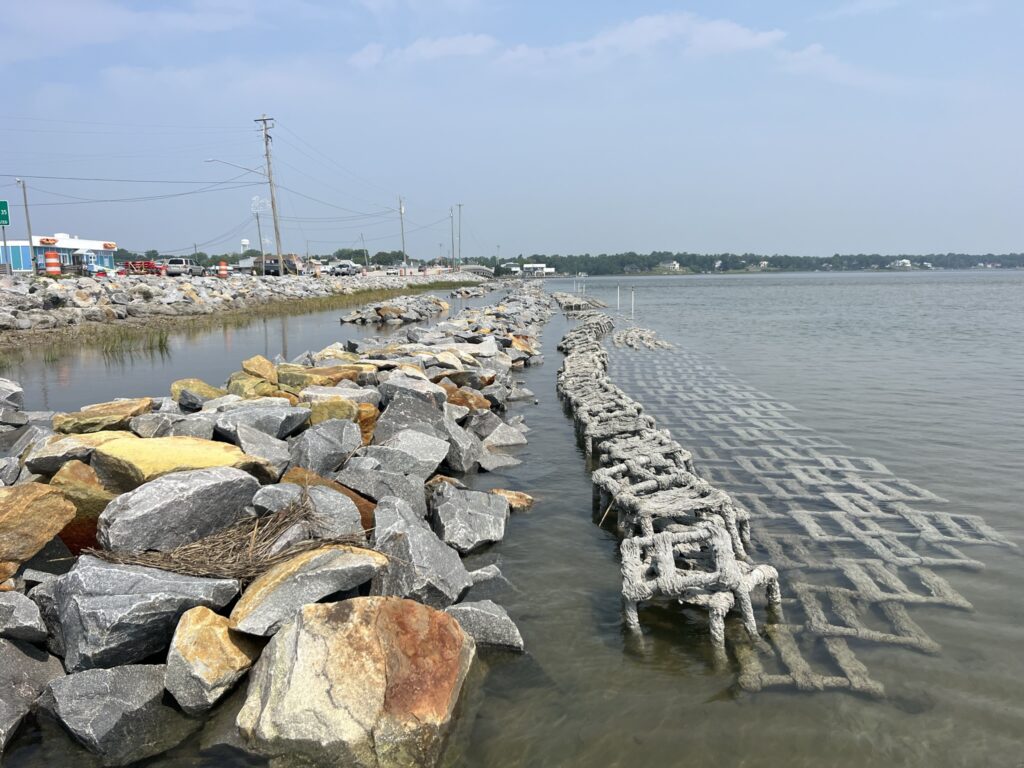
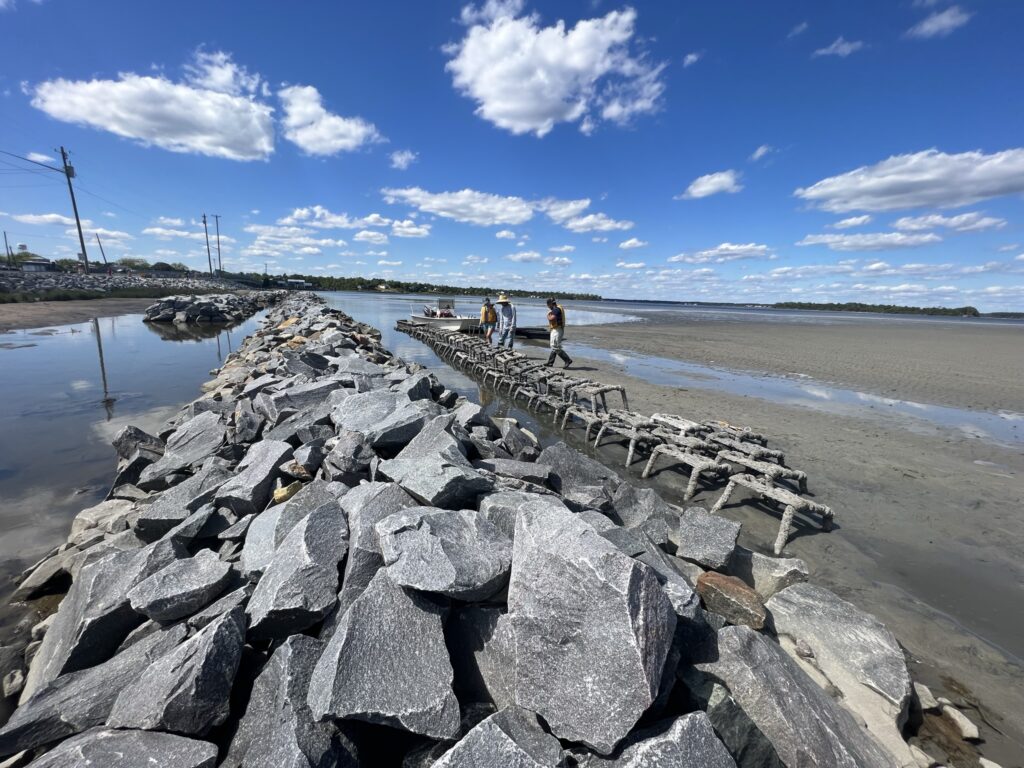
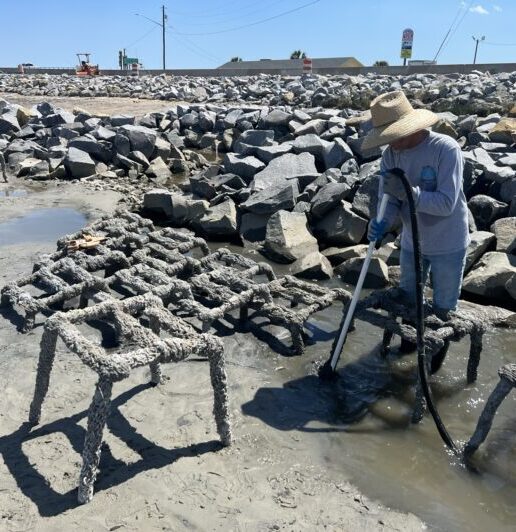
Josh has more than 16 years’ experience working on site stabilization, renewable energy, and ecosystem restoration projects across the country. He has spent much of his career in North Carolina and South Carolina serving both private- and public-sector clients. Josh works on a variety of projects, including solar site stabilization, solar site hydrologic and hydraulic modeling for stability analysis, floodplain vegetation/stabilization, stream and wetland restoration, and resiliency planning. Josh has extensive experience acquiring federal, state, and local permits for his projects, especially erosion and sediment control and stormwater permits such as NPDES Phase II permits, 401 Water Quality Certifications (WQC), and state and local land disturbance permits. All of his projects also have a revegetation component. Revegetation components are typically based on an appropriate nearby reference community and developed to restore the appropriate strata (canopy, understory, shrub, and herbaceous layers) for the site.
